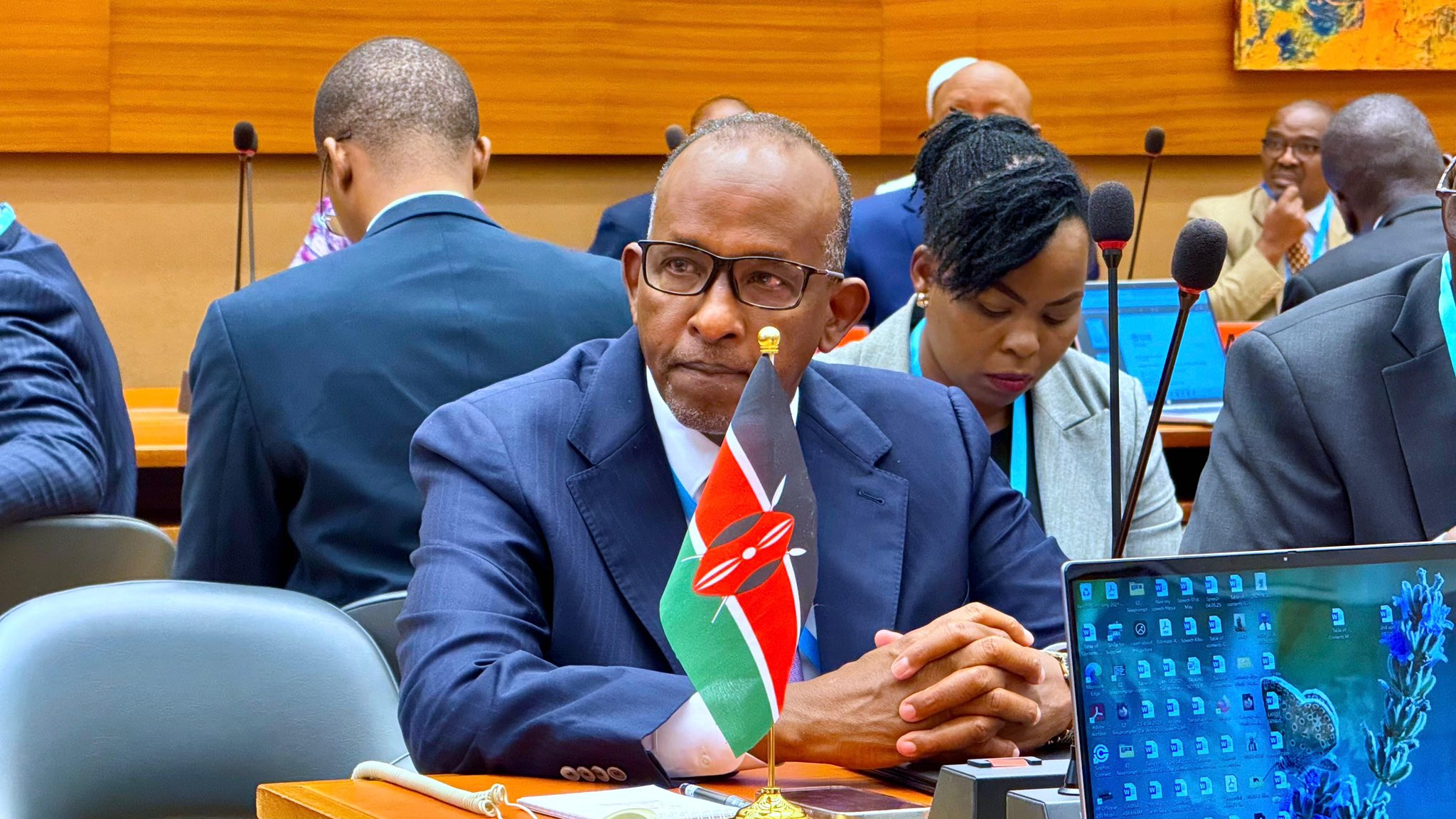By TWV Team
Kenya’s healthcare system is facing an escalating crisis as the majority of accredited Primary Health Care (PHC) facilities continue to suffer under heavy financial strain. A survey has revealed that only 20 per cent of PHC providers have received full and consistent reimbursements under the Social Health Authority (SHA), three months into the transition from the defunct National Health Insurance Fund (NHIF).
Private hospitals, faith-based institutions, and public facilities alike are questioning why payments remain irregular and opaque, even after President William Ruto publicly acknowledged the NHIF’s legacy debts. Despite this acknowledgement, there remain no clear budgetary provisions to offset billions of shillings in outstanding debts.
According to a survey by the Rural Urban Private Hospitals Association of Kenya (RUPHA), conducted between 23 April and 6 May 2025, the situation is deteriorating rapidly, with 91 per cent of 477 facilities across all levels of care reporting financial distress. The study is considered the most comprehensive snapshot of the sector since the SHA reforms began.
Dr Brian Lishenga, RUPHA chair, said the survey findings expose persistent irregularities in PHC payments, particularly at Level 2 and Level 3 facilities. “Only 20 per cent of these facilities have received consistent monthly payments. The rest are financially strained, as this report explains,” he stated.
The report shows that 55 per cent of PHC facilities have received some payment since January, but with payments unpredictable and unlabelled, providers cannot determine whether funds relate to PHC, maternity, or surgical services. “There is significant unpredictability around PHC payments, especially at Level 2, Level 3, and even the few Level 4 facilities offering primary care. Many facilities do not know whether or when they will be paid, or what the payment is for,” Dr Lishenga said.
The consequences are dire: hospitals are unable to pay suppliers, retain staff, or maintain services, with faith-based facilities, critical to rural healthcare, being the worst affected, as 100 per cent report financial hardship, followed by private hospitals at 95 per cent and public facilities at 84 per cent.
The report also highlights delays in surgical reimbursements. Although constituting only a third of total claims, surgical procedures are the most problematic category. Approximately 39 per cent of facilities cited surgical claims as their top reimbursement challenge, due to the high financial cost and complex verification process, with more than half of these claims remaining unprocessed after three months. “These delays are catastrophic,” the report notes. “Hospitals are absorbing the costs of surgery, covering anaesthetists, surgeons, and medical supplies, without any assurance of reimbursement.”
The transition to SHA, designed to advance Universal Health Coverage (UHC), is straining Kenya’s healthcare infrastructure. RUPHA’s data paint a grim picture of systemic underfunding, lack of payment clarity, and growing disillusionment among providers.
Dr Lishenga has warned that unless the government intervenes urgently, “Kenya’s health system risks systemic disinvestment in critical service areas, especially surgery, primary healthcare, and inpatient care.”
The April 2025 RUPHA Survey concludes with a stark message: without immediate reforms in financing, payment transparency, and debt resolution, Kenya’s dream of universal healthcare may collapse under the weight of its transition.





